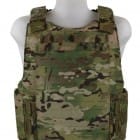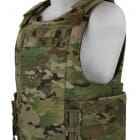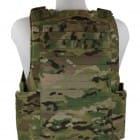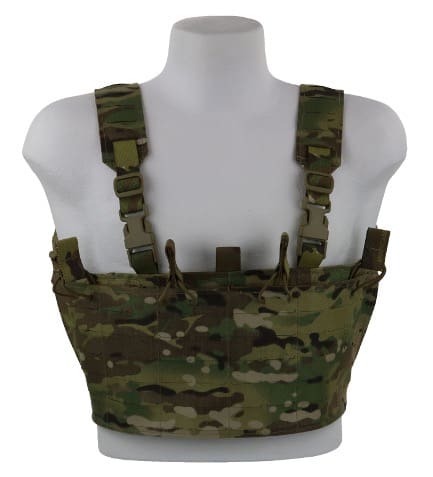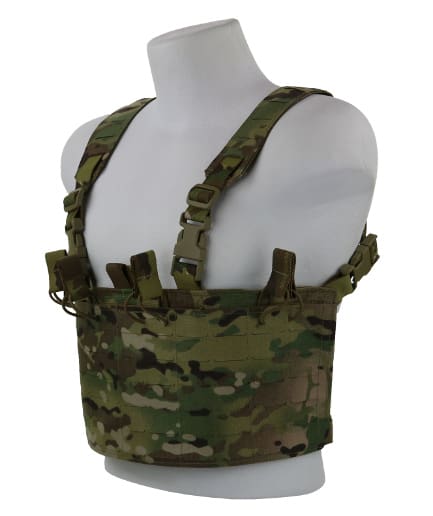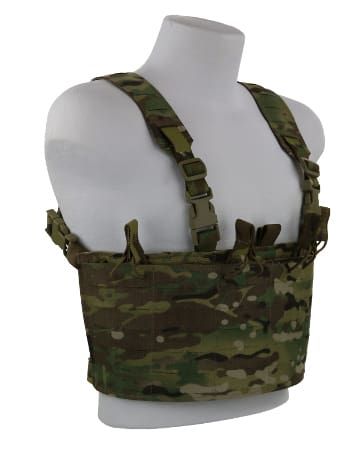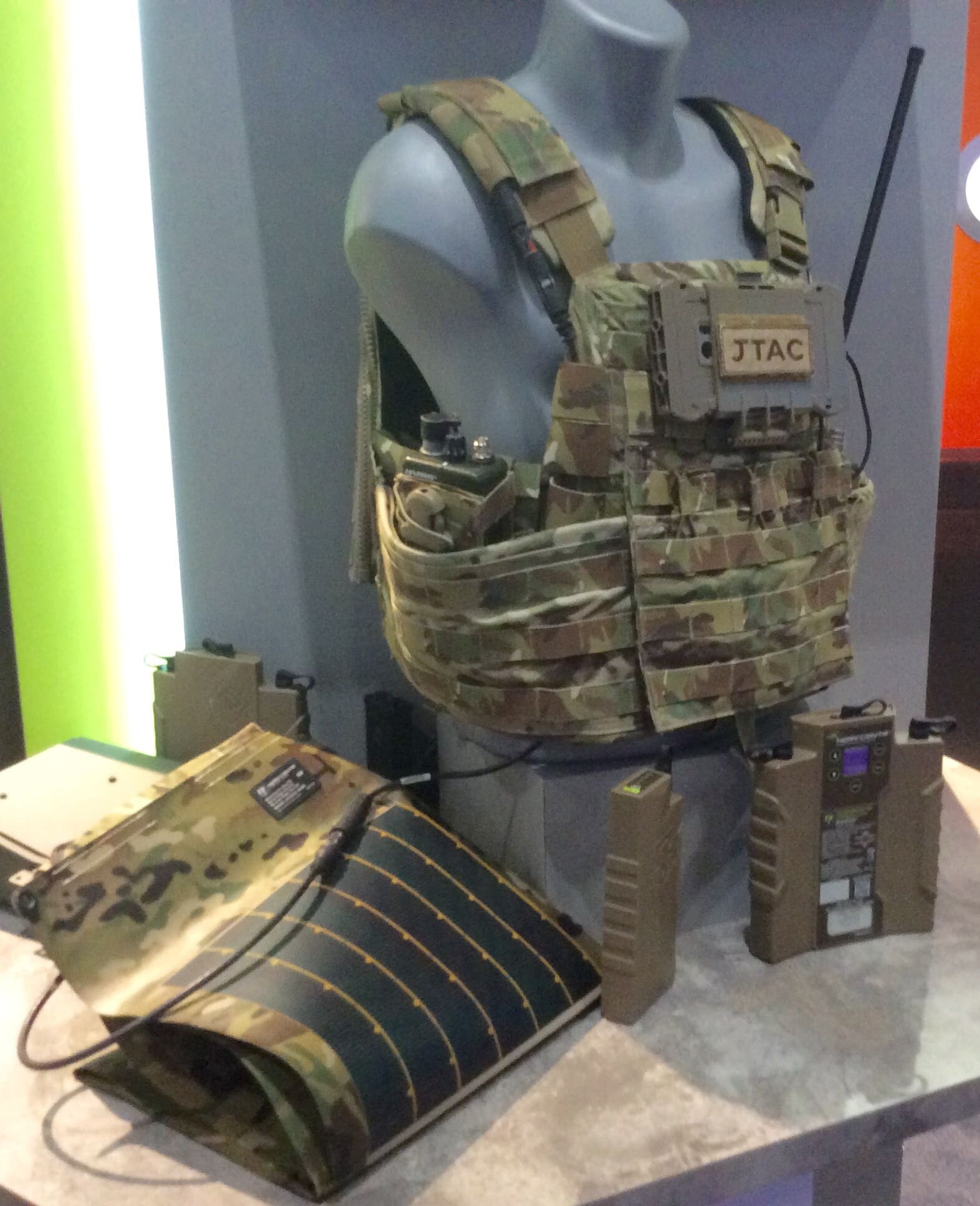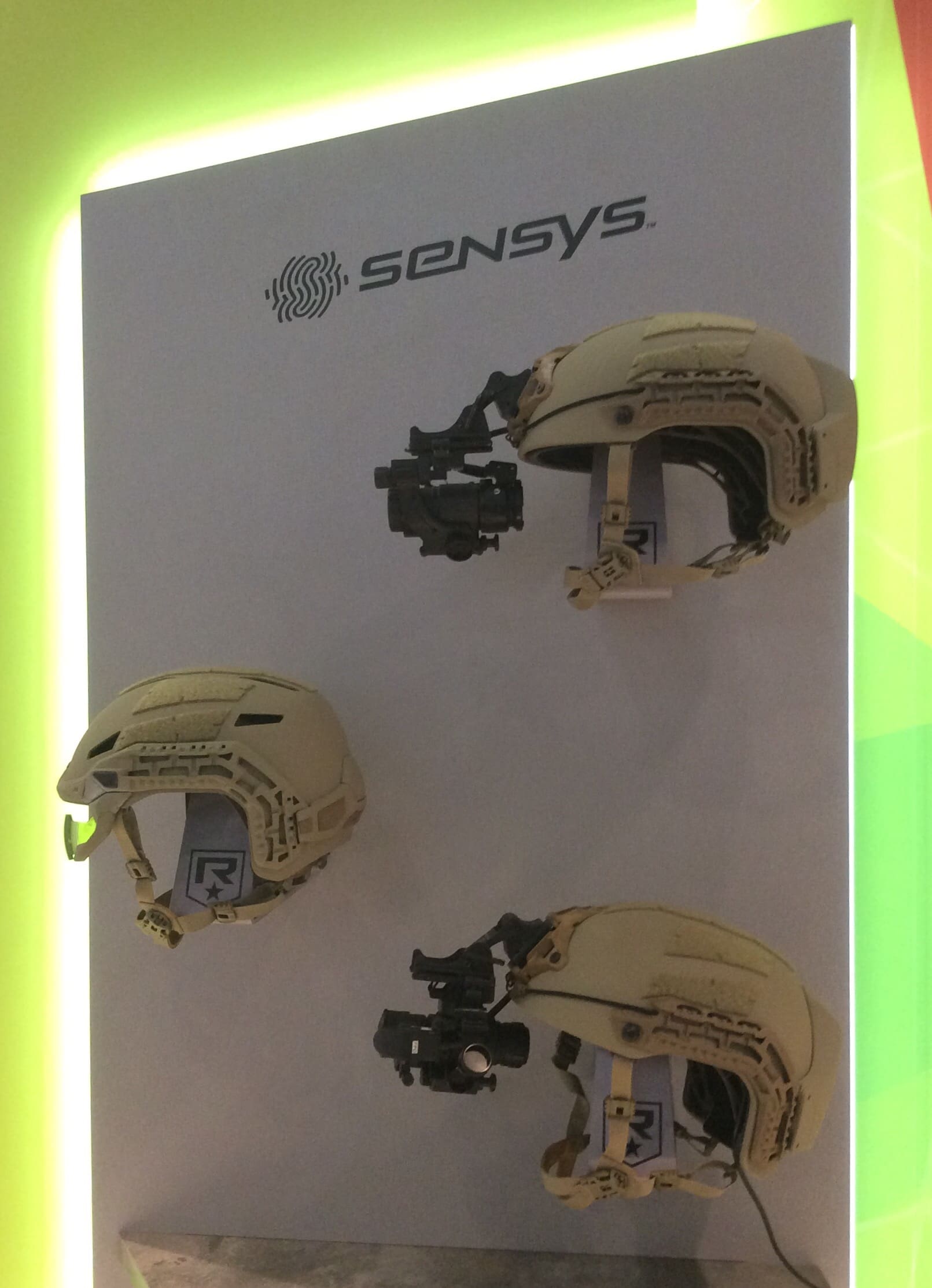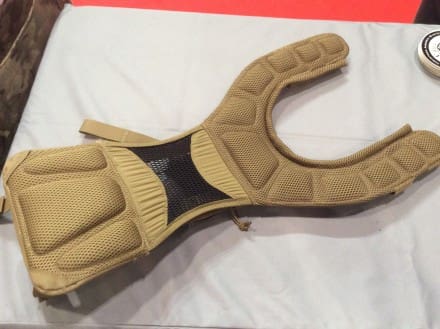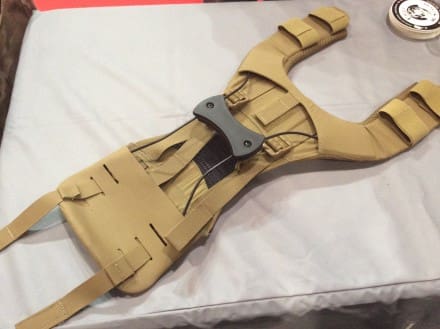CENTRAL LAKE, MI, October 11, 2017 – Central Lake Armor Express, Inc. (“Armor Express”), a leading manufacturer and distributor of high-performance body armor solutions, announced today that the U.S. Customs and Border Protection (CBP) has awarded the Company a five-year, multimillion dollar Indefinite Delivery/Indefinite Quantity (ID/IQ) contract for its state-of-the-art plate armor.
“We are excited about this latest hard armor award and are honored to outfit the dedicated officers of CBP with ballistic plate solutions that offer the modularity, protection and size options for special threats they may encounter,” stated David Jones, Director of Federal Sales. “We continue to make it our mission to develop and deliver highly-engineered personal protection equipment – both hard and soft armor solutions – backed by revolutionary material science and innovative designs that meet the quality and performance requirements of the various branches of the Department of Homeland Security. We are committed to ensuring all officers have the most reliable equipment so they can perform at the highest level and with peace of mind knowing that their armor keeps them safe.”
Under the terms of the contract, Armor Express will provide its NIJ 0101.06 Level III front, back and side armor plates custom-designed to support the needs of CBP. Made in the USA, the plates were developed in conjunction with strategic partner, Hesco, and engineered to provide ultimate protection, ease of mobility and speed when encountering fast paced special-threat situations. Built with some of the strongest composite materials created in partnership with Honeywell Spectra Shield® technology and using next-generation processing techniques, these exceptionally thin and lightweight plates enable the user to leverage weight savings, without compromise in operational protection.
U.S. Customs and Border Protection is one of the world’s largest law enforcement organizations – with more than 60,000 employees – and is charged with keeping terrorists and their weapons out of the U.S., while facilitating lawful international travel and trade. As the United States’ first unified border entity, CBP takes a comprehensive approach to border management and control, combining customs, immigration, border security, and agricultural protection into one coordinated and supportive activity. The men and women of CBP are responsible for enforcing hundreds of U.S. laws and regulations. On a typical day, CBP welcomes nearly one million visitors, screens more than 67,000 cargo containers, arrests more than 1,100 individuals, and seizes nearly 6 tons of illicit drugs. Annually, CBP facilitates an average of more than $3 trillion in legitimate trade while enforcing U.S. trade laws.
Scott Wyatt, Vice President of Sales for Armor Express continued, “This latest purchase order for Customs and Border Protection is testament to DHS’ continued trust in our field-tested and industry-proven solutions. We look forward to greater collaboration with the department as our success is only possible by the input received from actual end-users. We will continue to drive innovation to safeguard the life of every officer who wears our body armor.”
For more insights on the Company’s plate offerings and all other body armor solutions, go to the Armor Express website at www.armorexpress.com.


